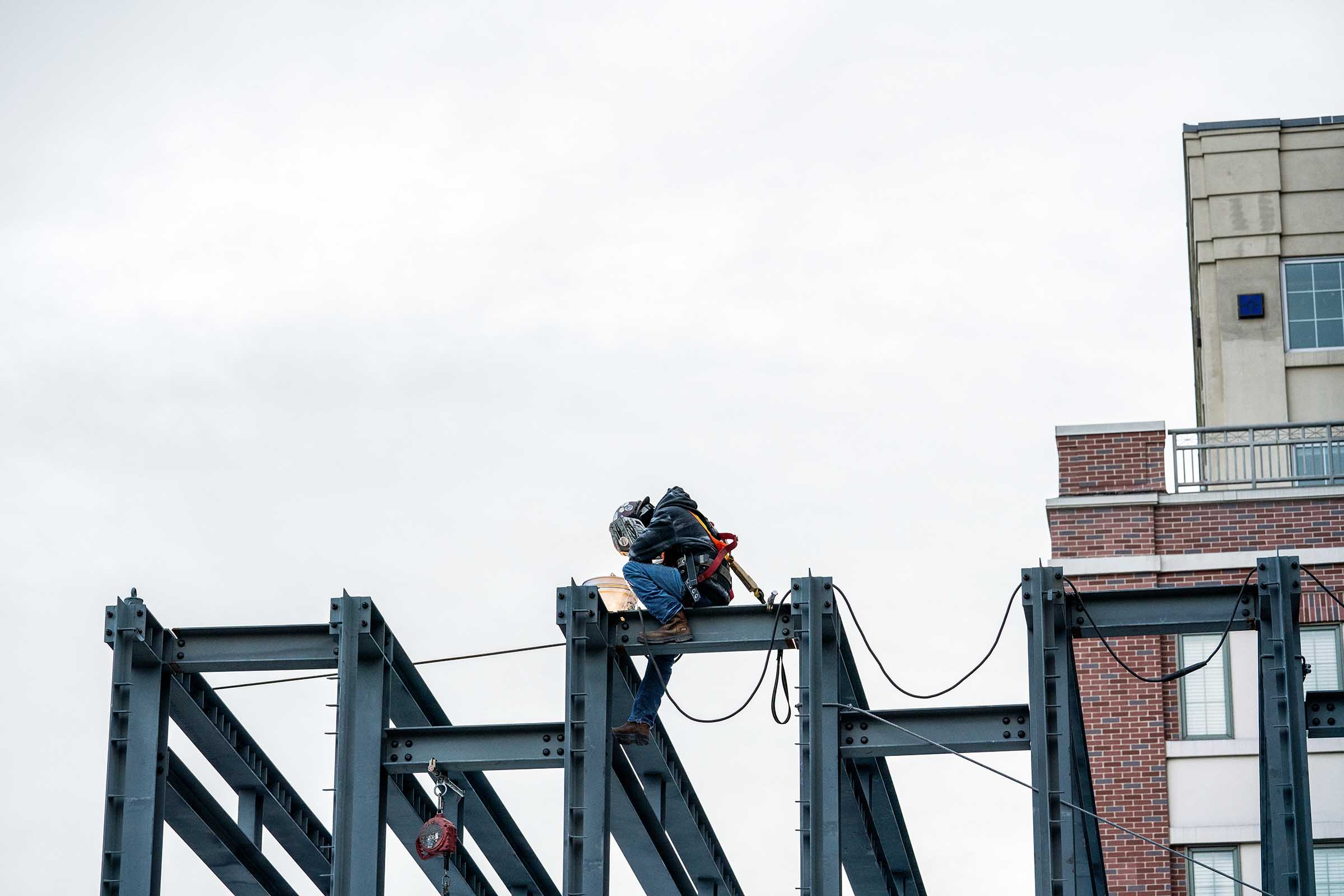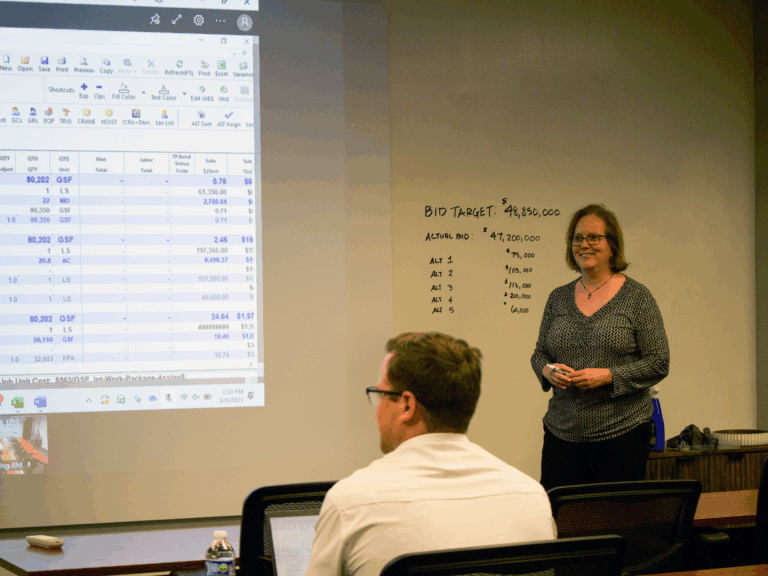
In construction, fall protection is the most frequently cited violation by OSHA (Top 10 Most Frequently Cited Standards).
Typically, when we discuss fall protection, we’re talking about how to protect people working at heights. We also discuss methods to eliminate falling object hazards (such as tethering tools and even cell phones) to protect people working on lower levels.
But, there’s another element we need to think about when it comes to fall protection on our sites – excavations. Excavations have their own set of challenges including the potential for cave-ins, and workers can also fall into an excavation. OSHA standards only require fall protection around excavations when there are visual obstructions. At Hoar, we always protect people from fall hazards around vertically cut excavations starting at 6 feet.
We recently completed the renovation and expansion of the Central Energy Plant for Houston Methodist Clear Lake. As part of the project, we had to trench through an active parking lot for underground utility work. We dug 13-14 feet deep and 3-feet wide in four phases. In total, the trench was 400-feet long.
To separate our work from the public, each phase was fenced in and closed at all times. But our own employees and trade partners had to work around the trench inside the fence.
During the work, we installed barricades and established a tie-off zone to provide employees protection from fall hazards prior to the shoring/guardrail being installed. This requirement was not something our trade partner was accustomed to. We saw an opportunity with the vertical shoring system to extend the 1” thick fin board 42” above the trench and attach the sheets together to create a guardrail system. Once this was 100% complete around the perimeter, the duct bank activities could continue safely as fall hazards had been eliminated.
The result? We had 0 incidents – a safety perfect 10! Eliminating hazards is always the best plan. And by keeping this in mind and looking at things a little bit differently, we can help make our job sites even safer.

